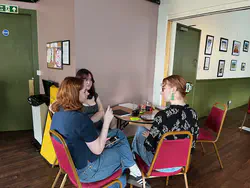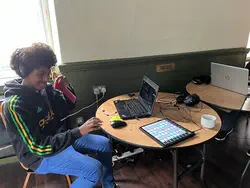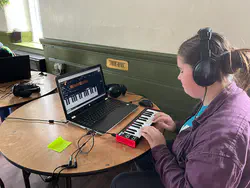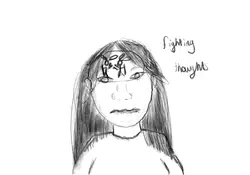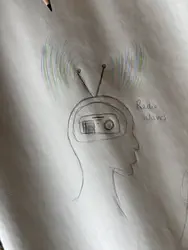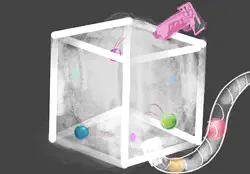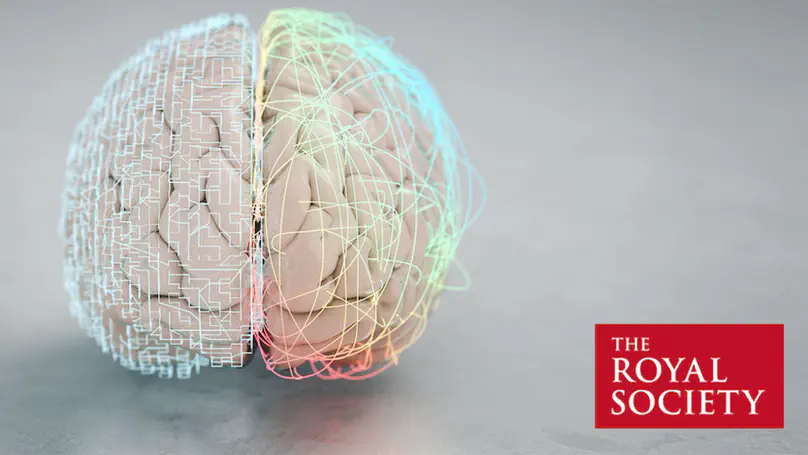When inner voices become art

“The most beautiful experience we can have is the mysterious. It is the source of all true art and science.”
– Albert Einstein
The little voice in my head is one such mystery.
We all have different relationships with the voice in our head. Mine chatters as I read, write, and think. But here’s the fascinating part - your inner experience might be completely different from mine.
While science explains this phenomenon as our brain’s silent language production, the reality is far more diverse and intriguing. Some people experience abstract, non-verbal thoughts, others engage in rich inner monologues, and some hear multiple voices in conversation. This remarkable variety of inner experiences has long puzzled psychologists and fascinated artists alike.
This July, we bridged the gap between science and art by hosting a workshop that invited young people to externalise their thought processes through creative expression. Armed with iPads, paper, keyboards, and microphones, participants transformed their inner worlds into tangible art pieces. We complemented their creative exploration with scientific context, demonstrating EEG recordings of brain activity to show how our thoughts manifest physically.
The results were extraordinary. Some participants visualised their thoughts as rainbow patterns of emotions, others depicted their inner voice as radio waves, and some translated their mental experience into rhythmic compositions. Each piece offered a unique window into how differently we all experience our inner worlds.
This workshop is part of a larger collaborative project with artists to develop an interactive instrument that allows people to ‘jam out’ their thoughts and feelings in audiovisual patterns. The prototype will debut at our follow-up workshop on 16th September, and we’re excited to see how people will use it to express their own inner experiences.
Why does this matter? Because understanding the diversity of human consciousness isn’t just an academic pursuit - it’s a gateway to greater empathy and self-awareness. When we realise that everyone’s inner experience is unique, we become more accepting of our own mental processes and more understanding of others’.
So, are you curious about how your inner voice compares to others? Would you like to learn more about language, gender, and design in human-computer interactions? Join us on 16th September 2025 @4-6pm at the Gregson Centre, to explore your own mental landscape through our new interactive art installation.
The session will be joined by Dr Bo Yao (Neuroscientist), Charlie Brown (Artist), Steven Hodges (Artist), and Dr Alice Ashcroft (Computer Scientist).
Please contact our lead artist Charlie Brown at charlie_m_brown@icloud.com for more information and to sign up for this event.
More Info:
